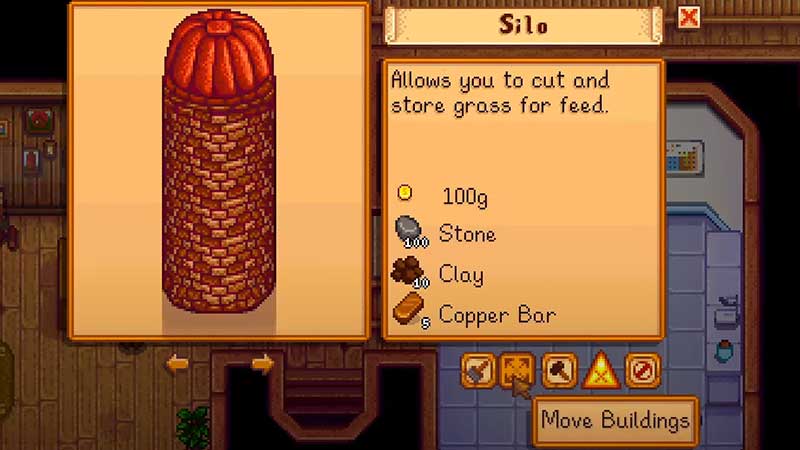Hay is the best food source for the animals in Stardew Valley. Players have to keep stock of it so that their animals do not starve. Some shops sell this Hay, but buying them would be a waste of resources when there is a cheaper solution for it. If you are looking for this solution and plan to make Hay in Stardew Valley, then read along and stock up on the item.
How to Collect Hay in Stardew Valley

There are mainly two ways of obtaining Hay in Stardew Valley. The first is to buy them from the Marnie or Desert Trader. And second, is to collect them using Scythe and store them in the Silo. The second method is lengthy, but it is beneficial in the long run. As your farm will grow and more animals will get added to it.
The three items you need for producing Hay in Stardew Valley are Scythe, Silo, and grass. Scythe is one of the starter tools. You can use it for cutting grass, removing weeds, and damaging monsters. As for the grass, it is also very common and can be found throughout the Stardew Valley. The best part about this item is that it regrows after some time, so you’ll never be short of it. Now our final and the most lengthy item or structure for making Hay in Stardew Valley is Silo.
- You need to visit the local carpenter Robin in Carpenter’s Shop to build Silo. The Shop is open between 9 am to 5 pm except for Tuesdays.
- Go there and select “Construct Farm Buildings“.
- Now, use the arrows to scroll through the structure and select Silo. The Silo costs 100g, 100 Stone, 10 Clay, and 5 Copper Bars in Stardew Valley and can store up to 240 Hay.
- Place the order and select the location where you want to place the Silo.
- It will take some time to build, so wait for a few days.
- Once it is done, use your Scythe to cut the grass and Hay will automatically store in your Silo.
There are many things an owner of the farm has to do, so if you have collected the maximum Hay in Stardew Valley you should feed it to the Dairy Cow and collect milk. And if you have just started designing these farms, then use our top 10 farm layouts.

